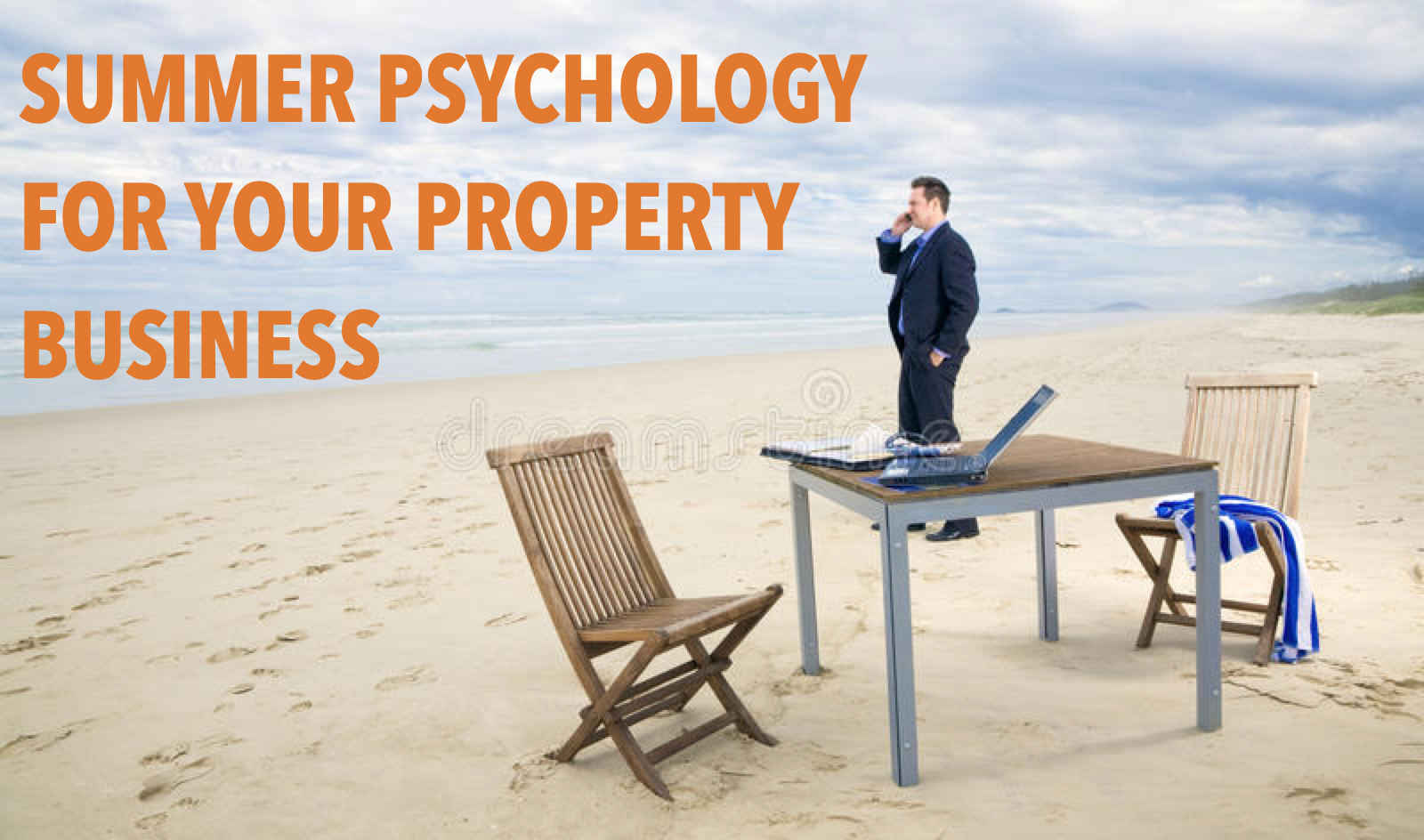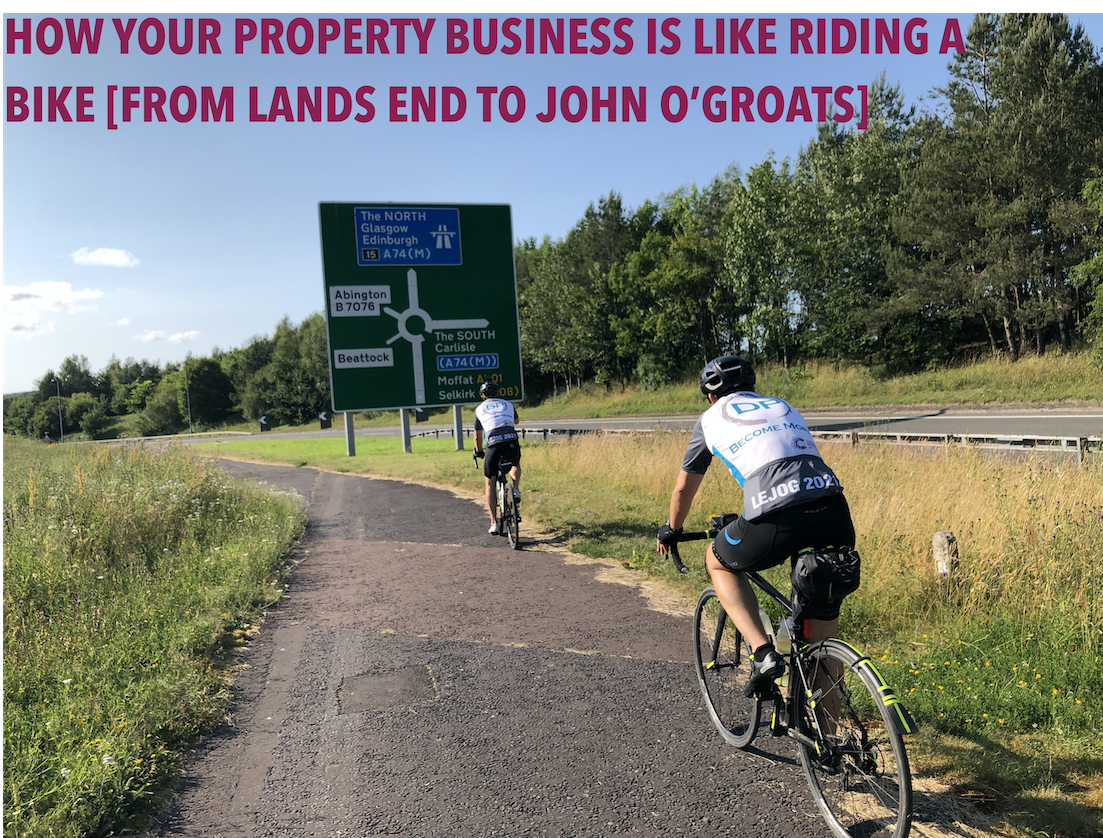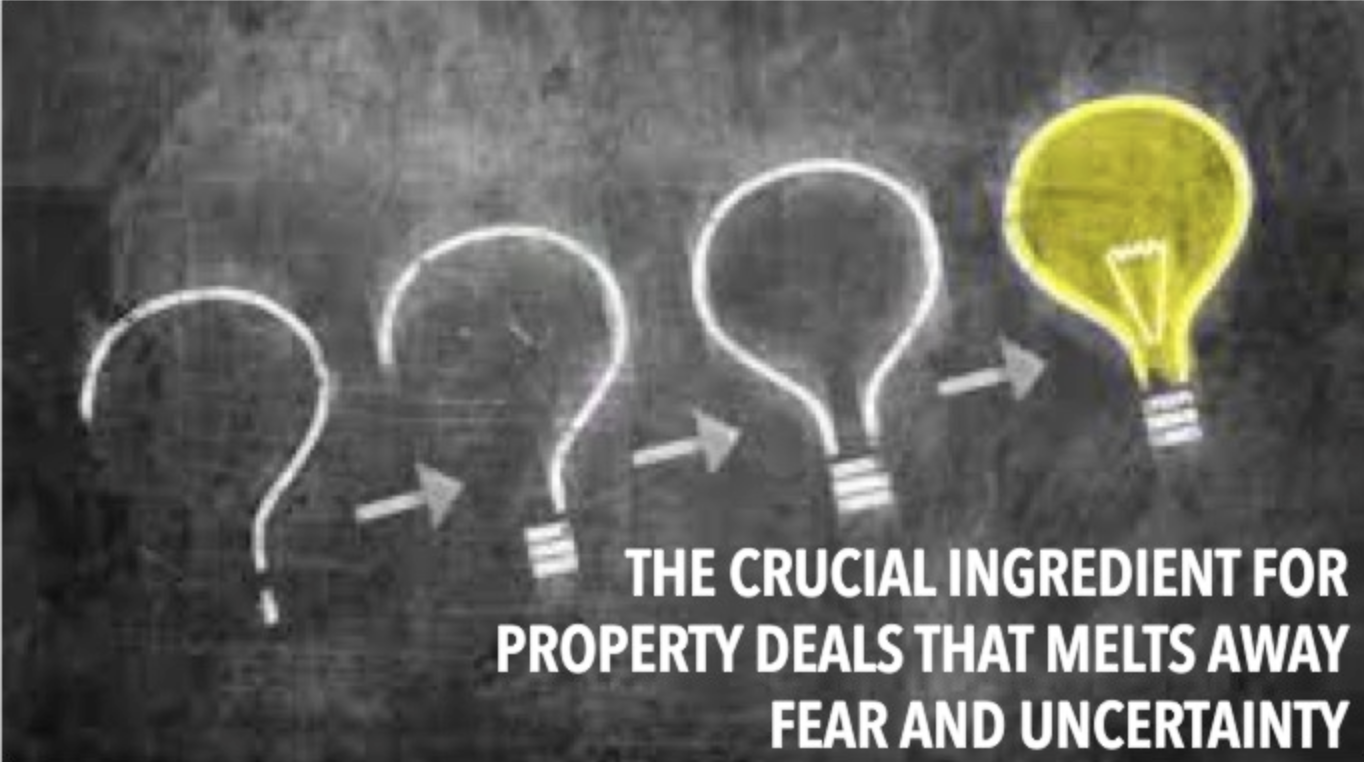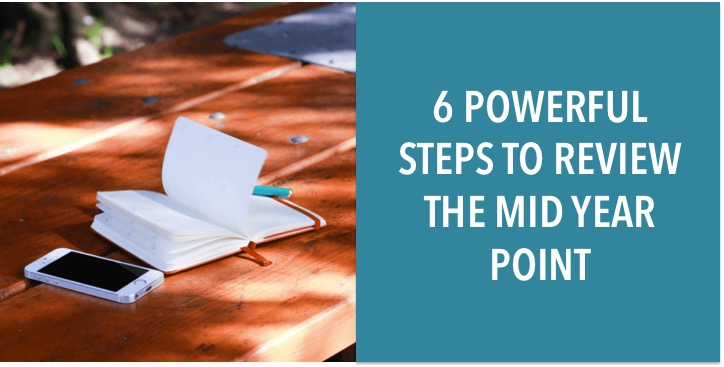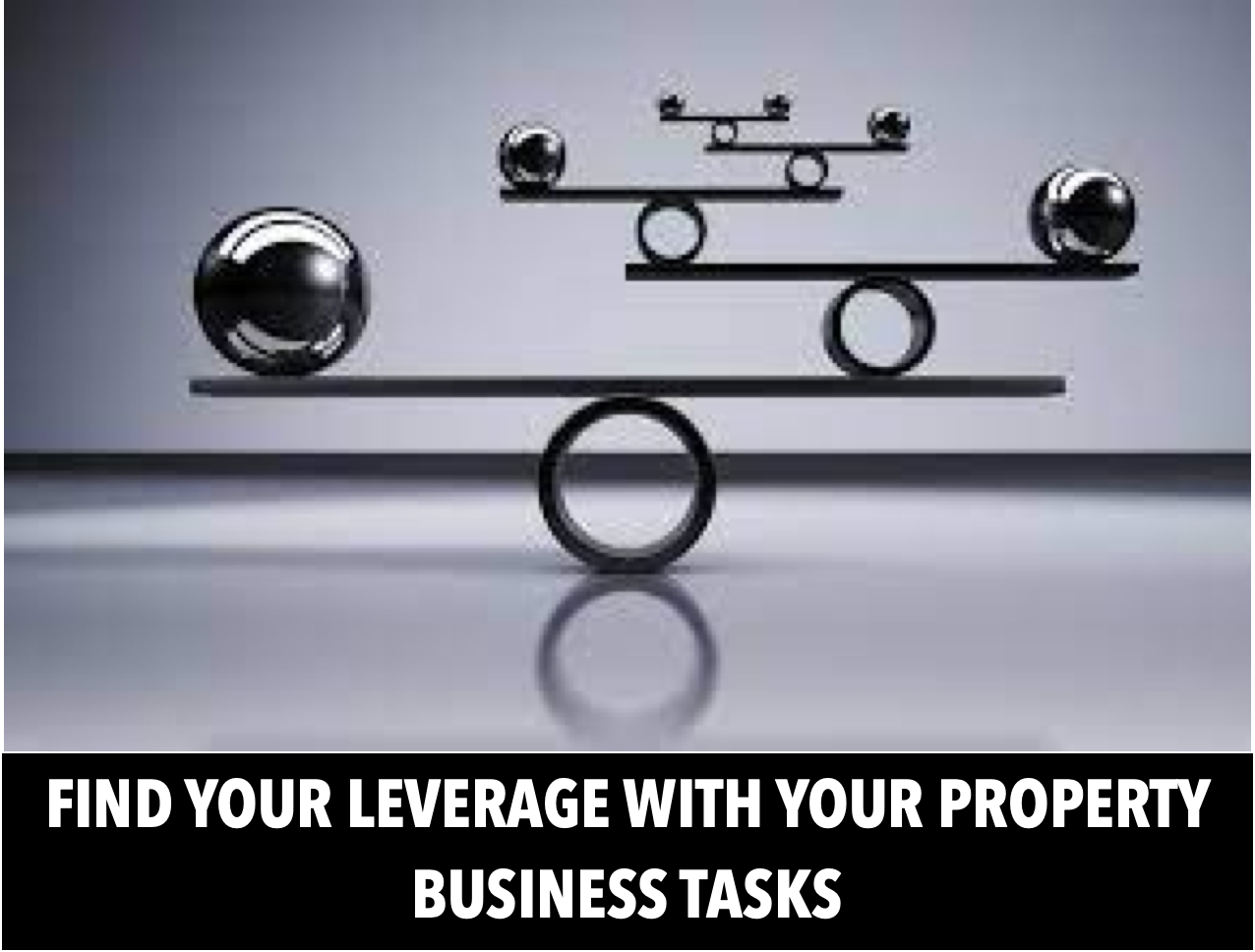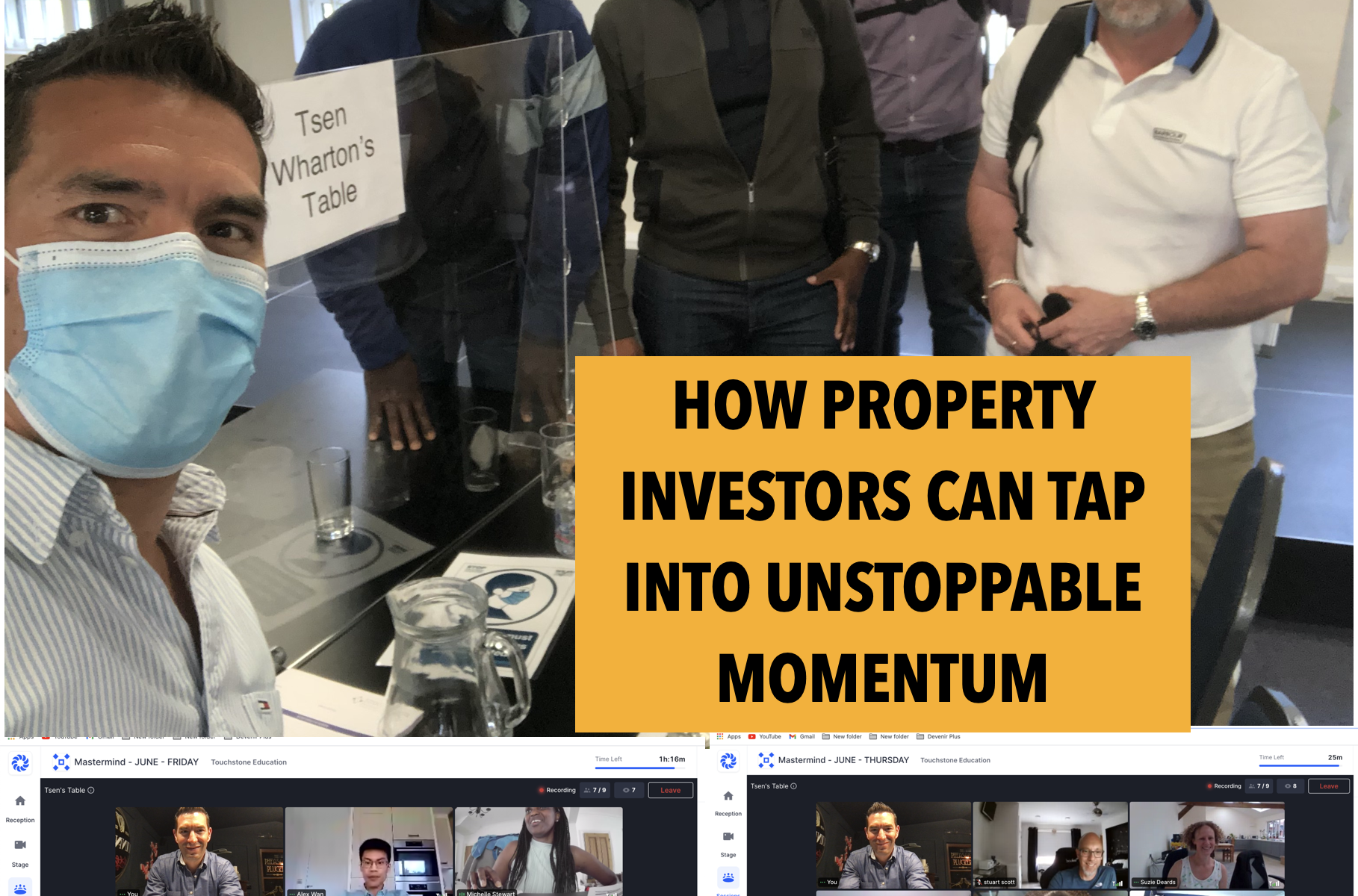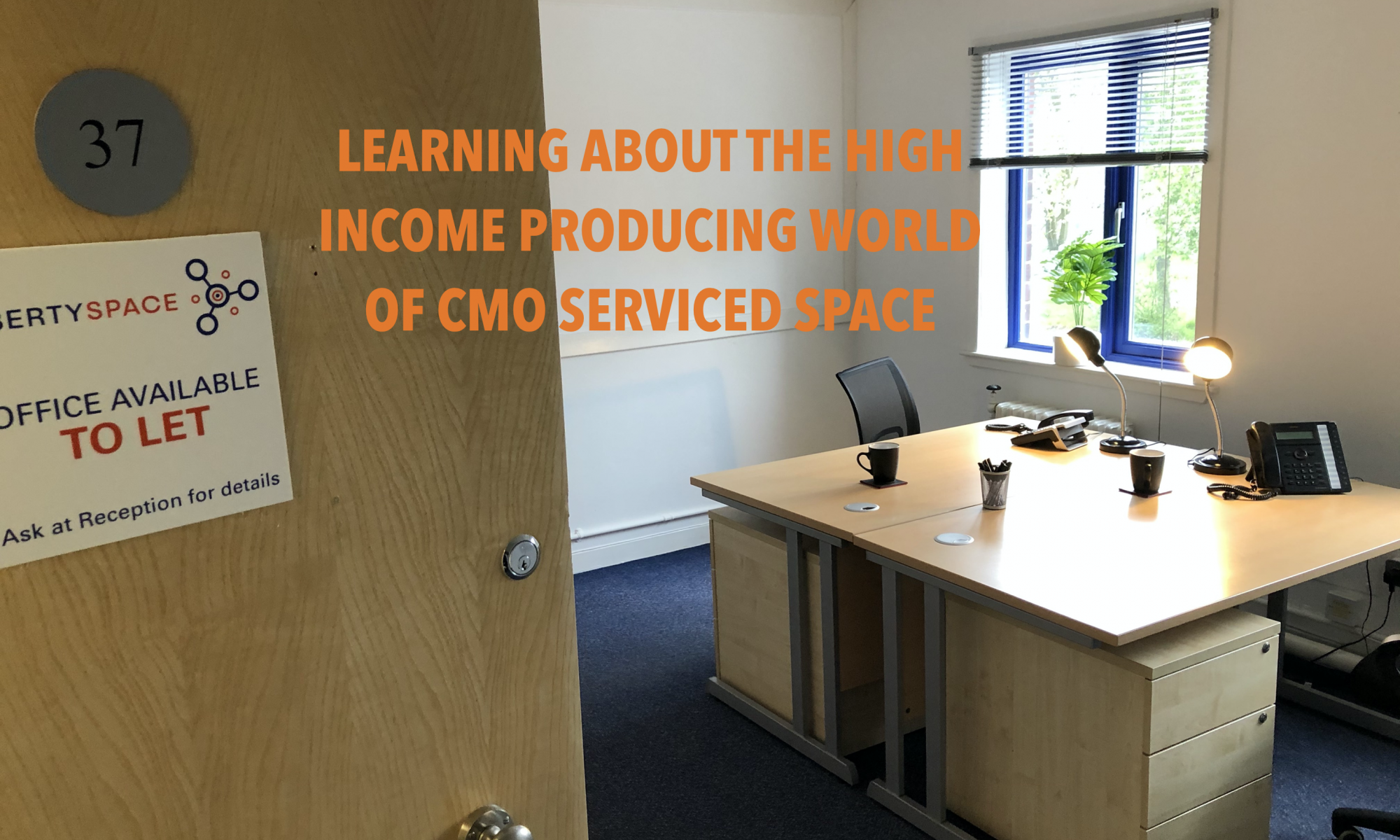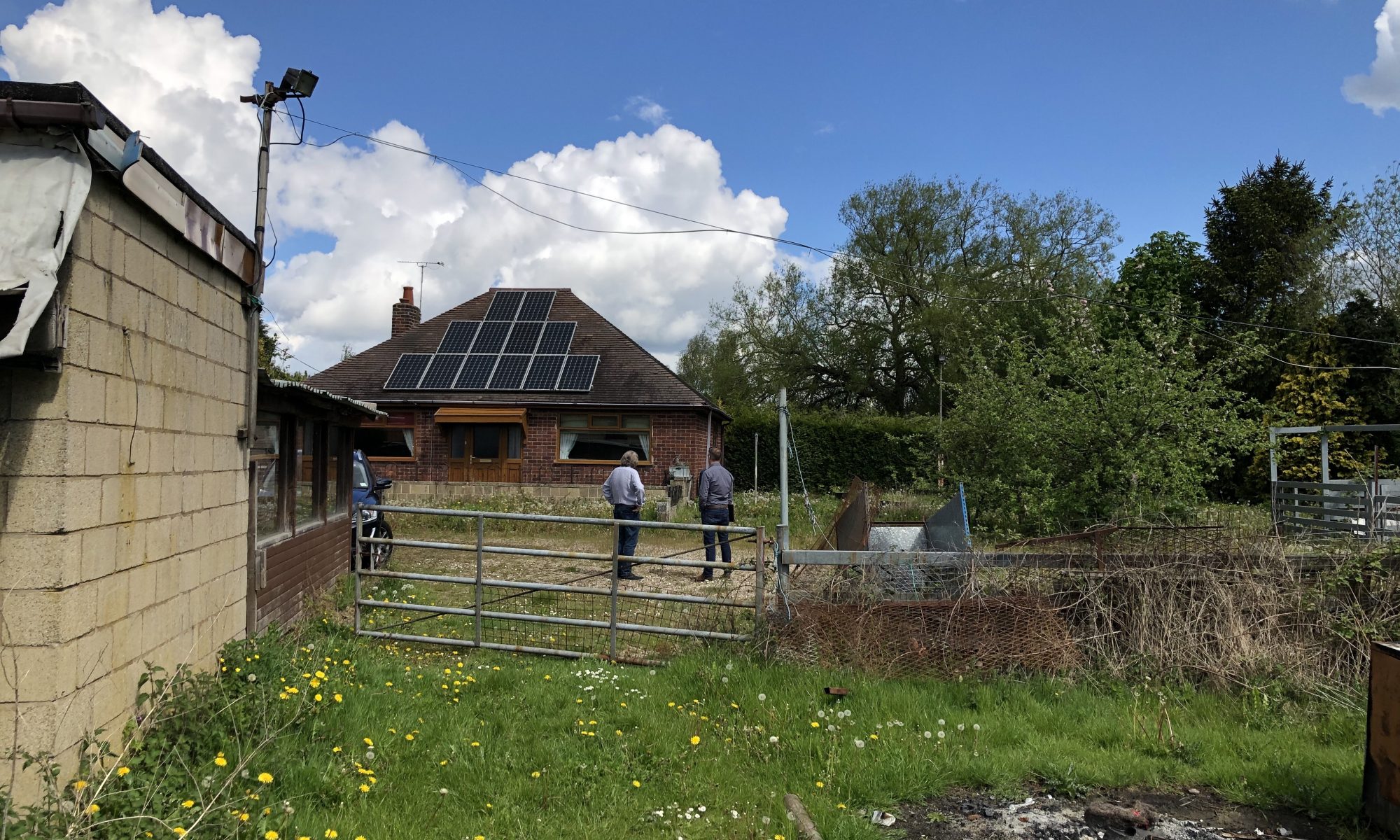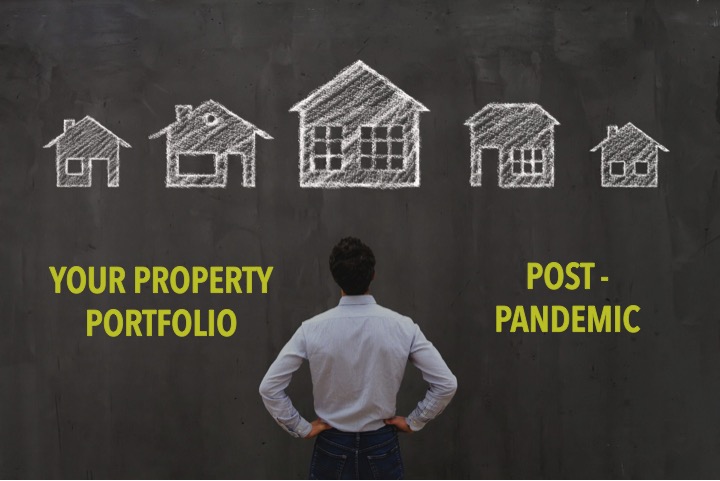ARE YOU A WORK MARTYR? Do you feel like you can’t afford to take time away from your property business otherwise you’ll fall behind and have loads to catch up on?
Or maybe it’s the opposite – are you taking loads of time off and have lost momentum with your property activity?
The summer is a wonderful yet challenging time for many in property, and in any business for that matter. It’s a challenge because we don’t want to lose all the great momentum built up over the first half of the year, nor do we want to miss out on the fun to be had when the sun comes out.
SInce we are right in the middle of the school summer holidays, for many, I thought it would be helpful to share some psychology and tactics that can help beat these challenges I mentioned. These are things that I’ve learned through mentors and have been consciously practising for several years. I don’t always get it spot on but these things have certainly helped provide me with a healthy reframe for holiday time and helped me keep momentum going over the summer period.
To start with here are a couple of psychological reframes for summer:
#1: GO ON HOLIDAY
Yes it sounds obvious, it’s summer time after all, but you’d be amazed at how many people don’t actually take holiday ie statistics for unused holiday days in the employed world are shocking. Not wanting to take time off or thinking we can’t afford to take time off is unhealthy. Just like top athletes incorporate rest and recovery as part of their elite training regime, we need rest and recovery in our property businesses to perform at our best.
Lets say you are project managing a conversion project, or running a busy SA business – if you keep pushing everyday in the business you are at risk of burning out or at the very least resenting what you are doing because you’re missing out. We need to learn to let our inner child out to play by taking time off, then when we get back to work that inner child stays quiet for another chunk of time so you can focus and be your most productive self.
#2: HOLIDAY PERSPECTIVE
Don’t associate holidays with ‘lost time’. This is crucial, and it’s a mental battle I wrestled with for some time. You don’t want to have self talk when you return from holiday of ‘I need to get caught up, I’m so far behind’. That kind of thinking will only train the brain to think that, ‘any time I go away I have the pain of having to catch up’. Instead we have to tell ourselves that time out is part of our high performance and on return it just needs to be a standard week, and unread emails will be worked through gradually.
SOME SIMPLE SUMMER TACTICS
#1: PLAN YOUR PLAY – get your holidays as well as the local trips and meals out planned and in the diary.
Every summer Darren Hardy shares some great video messages on this same topic and he often shares this anecdote from the late Jim Rohn who used to feel that when he was in the office and it was sunny he felt guilty that he wasn’t at the beach with his family. And when he was at the beach he felt guilty that he wasn’t in the office. He therefore felt he wasn’t being any good at the beach or at the office. Here’s the lesson from Jim,
“When you are at the office, be at the office and don’t be thinking about the beach. Then when you are at the beach, be fully at the beach.” – Jim Rohn
And we can’t do that unless we have already scheduled the time off. With the fun activities scheduled it releases us from thinking about them at work and we can be fully focused.
#2: STAY CONNECTED WITH YOUR WHY AND YOUR TOP 1-3 GOALS FOR THE QUARTER
I’ve found this really helps keep me focused ie on the books I choose to read and to stop me going down rabbit holes in terms of exploring property ideas that aren’t related to those top 1-3 goals.
#3: WRITE OUT YOUR PICK UP POINTS
What I’m referring to here is to write out exactly where you want to pick up a piece of work when you get back from a holiday. So for example if you’ve had your head deep in some due diligence and deal analysis then write yourself a little note that will make it quick and easy to pick up where you left off.
#4: DISCONNECT AND BE PRESENT
I said this in point #1 with Jim Rohn’s quote but saying it again now because your kids will thank you for it. As part of being disconnected fully present whilst you are away, set things up before you go by managing people’s expectations, ie let people know you will not be responding to things, set your out of office on, voicemail on etc.
#5: WRITE DOWN IDEAS THAT POP INTO YOUR HEAD
Write down big picture ideas so you can get back to being on holiday. Holiday ideas are often like ‘shower ideas’, in other words ideas can pop into your head when you are relaxed that could be a new or more creative angles to approach things in your business. Be sure to write those down so you know what to do about it when you’re back at your desk. You want to get those ideas out of your head so you can get back to being present with your family and the holiday.
#6: DON’T FORGET THE POST HOLIDAY REFRAME
When you get back to work remind yourself that its not about making up for lost time, focus on having a standard week and that gradually working through emails etc will be part of that.
Here’s to your summer. Which of these summer tactics and reframes resonates most with you?
[Image credit: Dreamstime.com]

